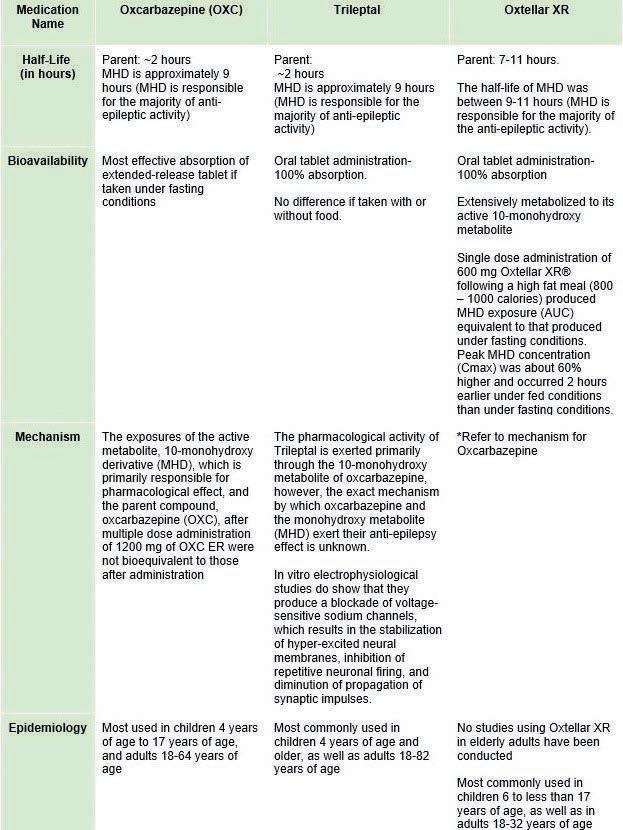Scholarly Research In Progress • Vol. 5, November 2021
Primary Ectopic Breast Carcinoma of the Vulva: A Case Report Youngeun C. Armbuster1†, Paula Ronjon2, Cletus Baidoo3, and Waqarun N. Rashid4 ¹Geisinger Commonwealth School of Medicine, Scranton, PA 18509 ²Hematology and Oncology, Geisinger, Danville, PA 17822 ³Pathology, Geisinger, Danville, PA 17822 4 Obstetrics and Gynecology, Geisinger, Danville, PA 17822 † Doctor of Medicine Program Correspondence: yarmbuster@som.geisinger.edu
Abstract
Case Presentation
A 64-year-old woman presented to the Emergency Department with acute vomiting and moderate, sharp, diffused abdominal pain, and weakness. She reported chronic Bartholin’s cyst for 1 year, which prompted gynecology consult. Investigations had revealed a primary breast carcinoma of the vulva. Surgical excision was performed, and pathology of the mass demonstrated estrogen receptor weakly positive (20%), progesterone receptor negative (<1%), and HER2 oncoprotein positive (3+). PET/CT showed metastatic disease involving retroperitoneal, bilateral iliac chain and pelvic lymph nodes and the left T12 lamina. Mammogram showed no evidence of disease, and all her prior mammograms were negative. Due to the lack of standard treatment guidelines, the patient was managed utilizing the established breast cancer treatment guidelines. The purpose of this case report is to highlight the rarity of the diagnosis of primary breast carcinoma of the vulva and the importance of including this diagnosis in differential when evaluating patients with mass lesions of the vulva.
A 64-year-old obese, postmenopausal woman, gravida 1 para 1-0-0-1, presented to the Emergency Department with acute vomiting and moderate, sharp, diffused abdominal pain, and weakness. On physical exam, patient was febrile and tachycardic with diffuse abdominal tenderness. Her complete blood count with differential revealed neutrophilic leukocytosis. Blood culture grew group B Streptococcus. Computed tomography of abdomen and pelvis revealed several enlarged lymph nodes within the inguinal regions and iliac chains within the pelvis bilaterally (Figure 1). The patient was admitted for evaluation and management of her presenting symptoms.
Introduction Ectopic breast tissue is a common congenital condition found in 2% to 6% of women and 1% to 3% of males, which may develop along the embryologic mammary lines extending bilaterally from the axilla through the breast to the mons pubis (1, 2). The term ectopic breast tissue is used for both supernumerary and aberrant breast tissue. Supernumerary breasts have nipples, areolae or both with varied composition of glandular tissue, whereas an aberrant or accessory breast tissue has no organized secretory system and does not communicate with the overlying skin. The most common location for the accessory breast tissue is the axilla while other uncommon sites are infraclavicular, subscapular, epigastric and vulva (3). An accessory breast tissue is hormonally sensitive and may enlarge in response to pregnancy or exogenous hormones, and these tissues may also develop breast pathologies, including fibroadenoma, phyllodes tumor, Paget disease, and invasive adenocarcinoma (1, 2). Ectopic breast carcinoma is often not detected, or diagnosis is delayed until significant clinical symptoms due to lack of screening. We report herein a case of primary ectopic breast carcinoma of the vulva with distant metastasis to bones and lymph nodes in a postmenopausal woman.
Upon further investigation of unclear etiology of inguinal lymphadenopathy and bacteremia, patient reported chronic Bartholin’s cyst for 1 year, which prompted gynecology consult. External examination of genitalia showed 3 cm x 4 cm firm left vulvar mass with irregular border superiorly with erythema. There was no fluctuance or drainage. On her hospital stay day 3, she was taken to the operating room for simple excision of vulvar mass for management of sepsis as suspected source of infection. Firm, non-mobile, non-necrotic, 3.5 cm x 4.5 cm vulvar mass on left labia majora was excised for biopsy. Histopathologic evaluation reveals a 2.7 cm poorly differentiated infiltrative mass invading subcutaneous tissue, epidermis, and dermis with skin ulceration. Deep surgical
Figure 1. Computed tomography shows several enlarged lymph nodes within the inguinal regions and iliac chains within the pelvis bilaterally.
49












































